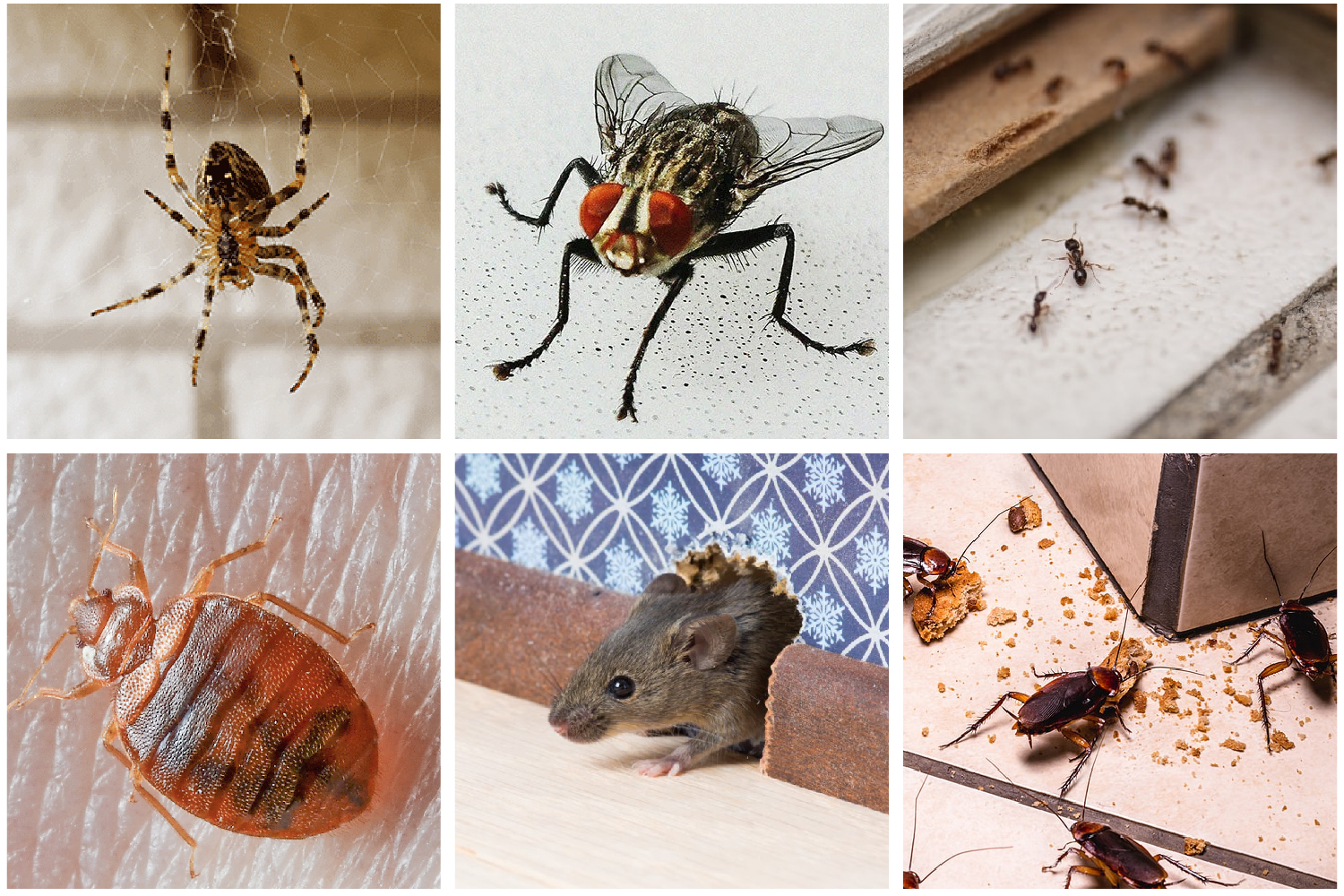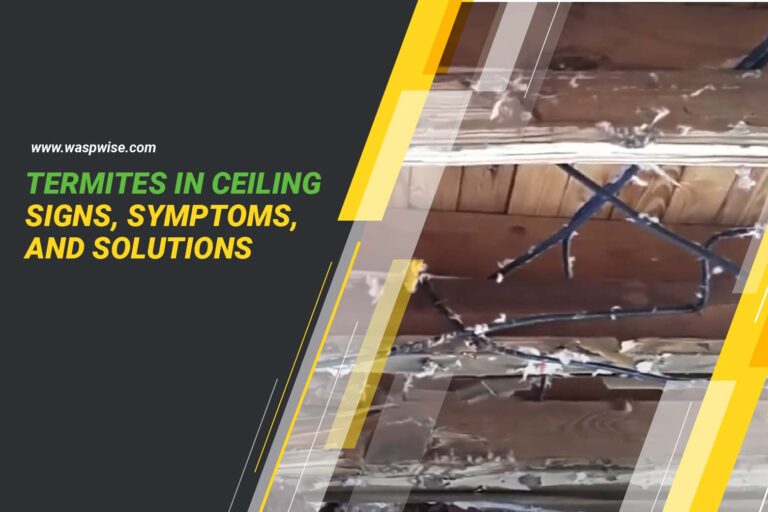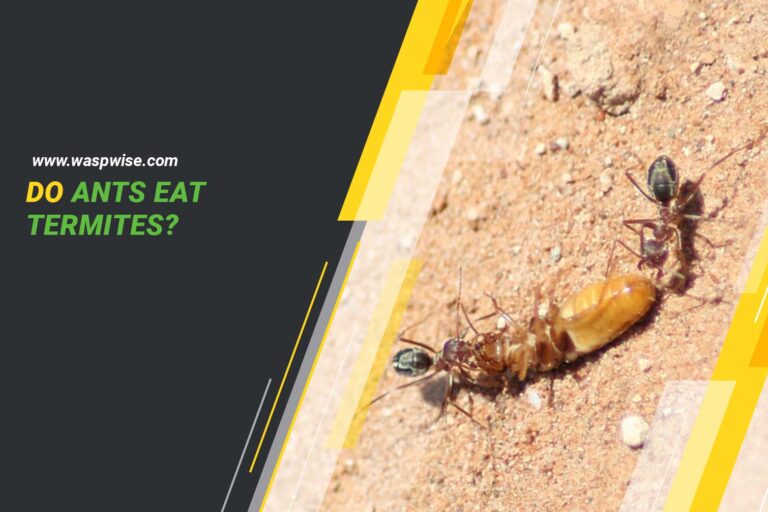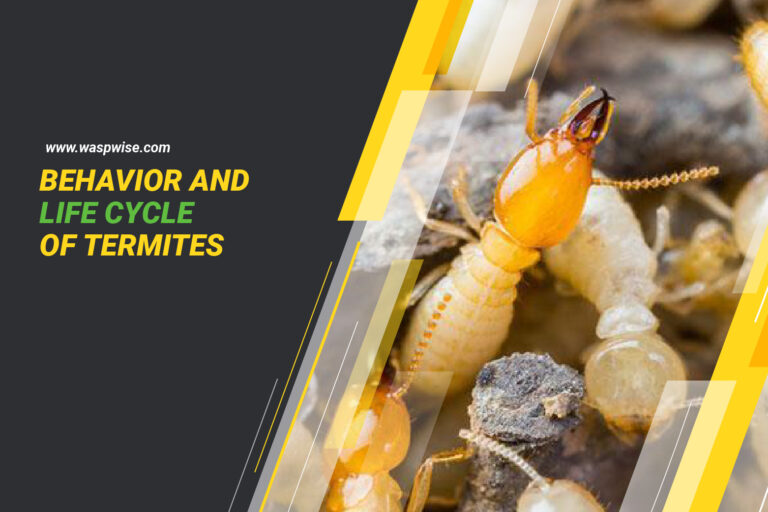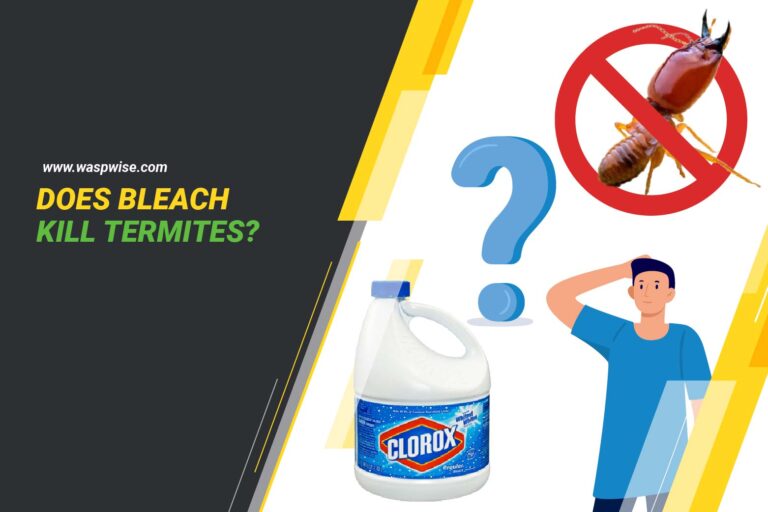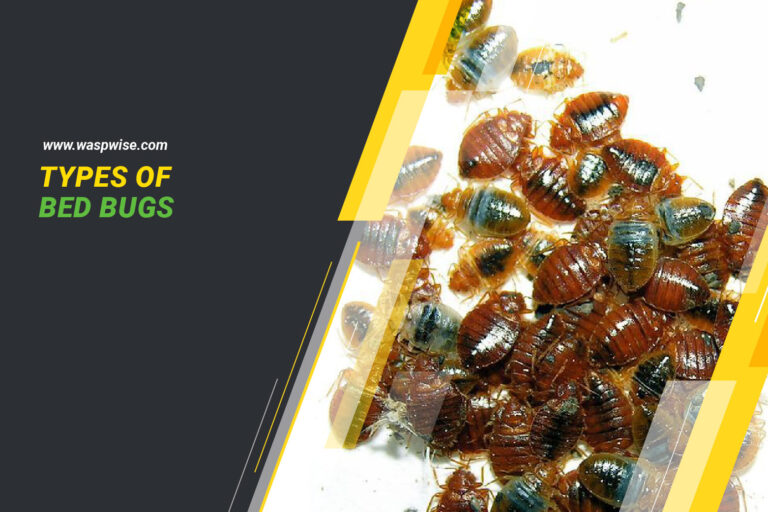THE BEHAVIORAL PATTERNS OF COMMON HOUSEHOLD PESTS
Pests are an unwelcome sight in any home. Whether they’re rodents, bugs, or anything in-between, they cause destruction and spread diseases. Effective pest management requires a thorough understanding of the typical behavioral patterns exhibited by various pests commonly found in households.
Pest infestations can happen at any time and without warning. Knowing what to look for and how to prevent them from entering is the first step in creating a pest-free environment. Common household pests like ants, cockroaches, mice, and bedbugs all have unique behaviors that can help you determine if your home has become overrun with these unwelcome visitors. By understanding the specific traits of each type of pest, you can take proactive steps to keep them out of your house altogether.
With careful analysis of the behavior patterns of common household pests, you can protect your home against future infestations. This article will provide valuable information on identifying various types of pests and their behaviors so that you can take preventive measures against them invading your space. Read on to learn more about the behavioral patterns of common household pests!
HOUSEHOLD PESTS: UNDERSTANDING THE THREAT
Pests in the home can be a nightmare. They can cause damage to property, spread disease and contaminate food. To make matters worse, many people don’t even realize they have a pest problem until it’s too late.
Common household pests include rodents, cockroaches, bedbugs, termites, and ants. Each of these pests has its unique behaviors that you need to be aware of to keep them out of your house. For instance, rodents prefer dark places and tend to hide around furniture and in cabinets or cupboards; while cockroaches are nocturnal and like warm, humid environments such as bathrooms and kitchens. Bedbugs seek out human hosts by detecting body heat and carbon dioxide; while termites feed on wood and other materials containing cellulose and can cause severe structural damage if left unchecked. Lastly, ants are attracted to sweet foods and will leave trails of pheromones leading back to their nest so that other colony members can find it easily.
Knowing how these pests behave can help you take steps to prevent an infestation before it starts. You should seal any cracks or crevices around your home that could provide access for rodents or insects; clear away any clutter from around your windows, doors or vents where bedbugs may hide; look for signs of termite activity such as dropped wings near windowsills or doorframes; and regularly remove any food sources that may attract ants. Taking these simple precautions can go a long way toward protecting your family from the threat of household pests.
COCKROACH BEHAVIOR: IDENTIFYING AND ADDRESSING INFESTATIONS
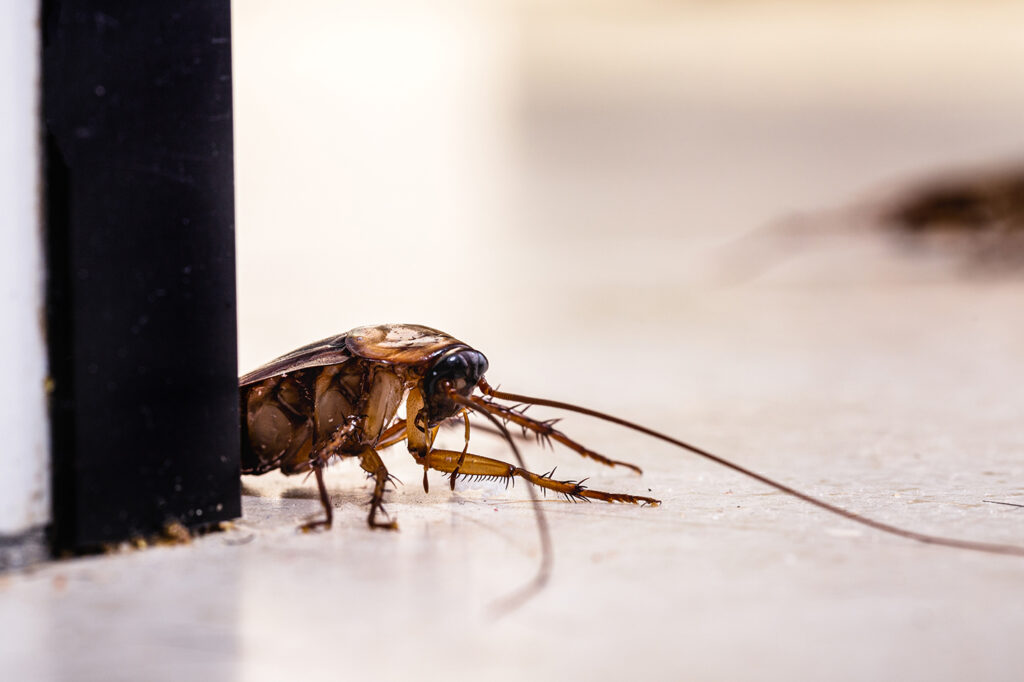
Cockroaches are one of the most common and persistent of all household pests. Let’s explore the behavioral patterns of these pests and find out how to identify and address an infestation.
Firstly, cockroaches can be found in warm, moist places like kitchens, bathrooms, and basements. They’re also nocturnal creatures, so you may spot them at night scurrying in crawl spaces or along walls or floors. Other signs that indicate an infestation include:
- Droppings: small brown streaks on surfaces or in cupboards
- Egg cases: dark-colored ovals left behind by female roaches
- Musty odor: a pungent smell caused by large populations of roaches
- Dead insects and shed skins: light tan flakes, which are the exoskeleton roaches leave behind as they grow.
It’s essential to take action if you suspect an infestation. The longer you wait, the more difficult it will be to eradicate the problem. To get rid of an infestation, you’ll need to find out where the cockroaches live and breed and target those areas with specific elimination methods such as insecticides or traps. Additionally, eliminating food sources for cockroaches is critical; this means regularly cleaning countertops, floors, and shelves with hot soapy water; sealing any cracks and crevices; keeping food stored in airtight containers; removing garbage regularly; and making sure your kitchen is well-ventilated.
UNDERSTANDING ANT BEHAVIOR: TYPES AND COLONIES
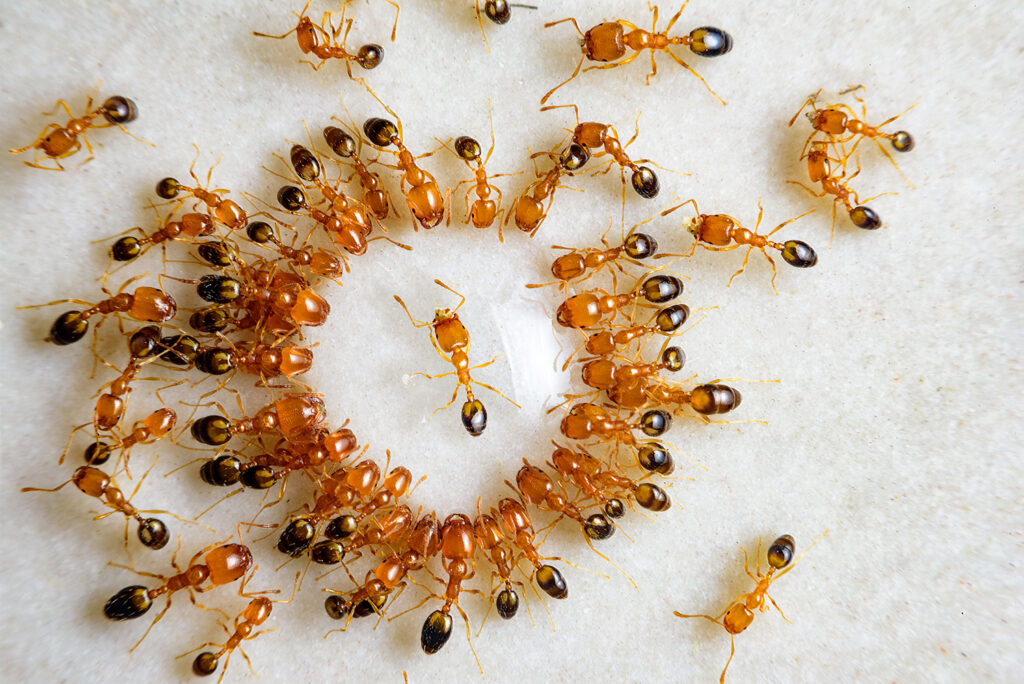
Ants are one of the most widespread and ubiquitous. Understanding their behavior is key to knowing how to prevent infestations and address them if they get into your home. Ants come in many different shapes and sizes, but all colonies share basic behaviors that affect how they interact with their environment.
Ants live in colonies and have a social hierarchy that determines tasks like foraging for food. Colonies often have a queen whose primary role is to produce more ants. Worker ants are responsible for gathering food and defending the nest, while soldier ants protect the colony from threats. Depending on what type of ant you’re dealing with, each species has its own distinct behaviors, such as the ability to create pathways to certain areas or even build structures out of sand or soil particles.
Understanding ant behavior can help property owners identify potential infestations before they become unmanageable. By being aware of the types of species present and identifying where they may be entering your home or building, you can take steps to prevent an infestation from occurring in the first place. If an infestation does happen, taking proper measures based on understanding ant behavior can help you quickly address it before it becomes a more significant problem.
THE LIFE CYCLE OF MOSQUITOES
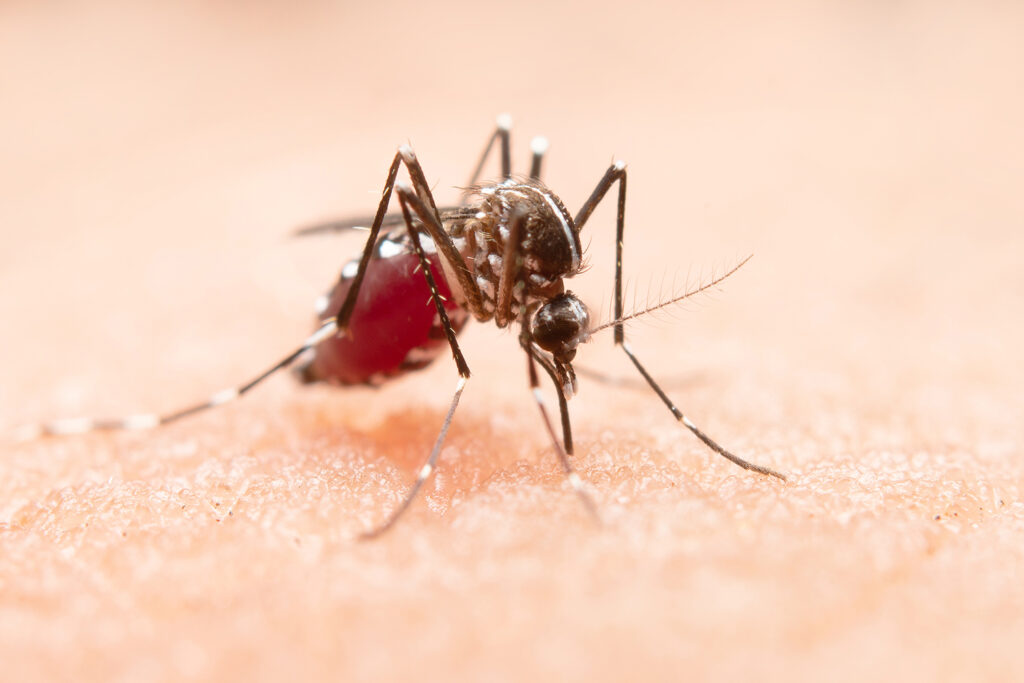
Understanding the life cycle of mosquitoes is essential when it comes to managing common household pests. Knowing the different stages of their lives and how they interact with their environment is important. In order to better tackle these pests, one must be familiar with the mosquito life cycle.
Mosquitoes go through four distinct stages in their life: egg, larva, pupa, and adult. The eggs are laid on or near standing water or other moist locations. Once hatched, the larvae feed on organic matter in the water for a few days before transitioning into pupae. During this stage, they remain dormant until becoming adults and emerging from the water. As adults, they are able to fly around and locate food sources, such as humans or animals, where they can feed on their blood and mate.
The female mosquito will lay her eggs near a water source so that when they hatch, the larvae can feed off organic matter nearby. After about a week of development into an adult mosquito, it will begin its reproductive process all over again – laying eggs nearby and continuing its species’ presence in your home. By understanding this life cycle you’ll be well-equipped to start controlling common household pest populations around your property.
Insect pests like mosquitos can also crawl indoors to escape harsh weather conditions or to find a more suitable habitat.
BED BUGS: IDENTIFYING INFESTATIONS AND BEHAVIORAL PATTERNS
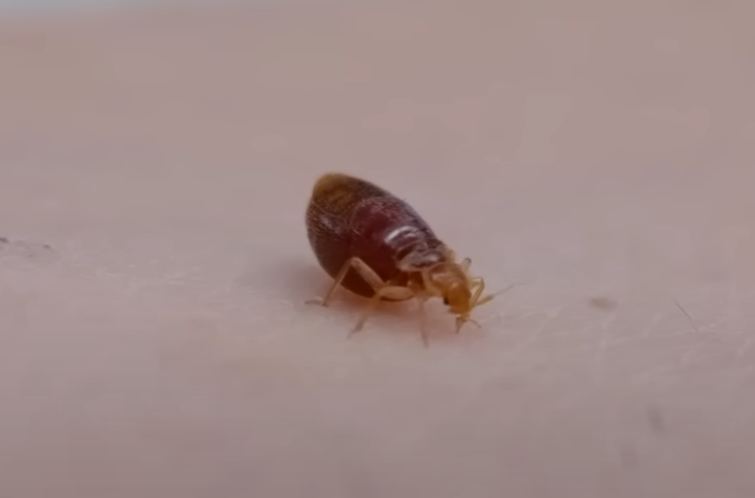
Bed bugs are one of the most common household pests. They can be challenging to identify since they are small and often hide in hard-to-reach places. However, it’s important to understand their infestation and behavioral patterns in order to effectively control them.
The first step to managing bed bug infestations is correctly identifying them. Adult bed bugs are brownish-red in color, about the size of an apple seed, and have flat bodies. They feed on human or animal blood and usually hide during the day in mattresses or other furniture close to a food source. If you notice dark spots that resemble ink stains on your sheets or mattress, this could mean you have an infestation.
It’s also important to recognize the behavioral patterns of bed bugs so you can control them more effectively. Bed bugs tend to travel from room to room by hitching rides on clothing or suitcases. They typically come out at night when their hosts are sleeping, which is when they feed on blood for several minutes before returning back into hiding. Knowing how bed bugs move around your home can help you determine where they’re likely hiding and develop a plan for getting rid of them quickly.
By understanding bed bug infestations and their behaviors, we can better protect ourselves against these pests and take appropriate steps for controlling them in our homes.
TERMITE BEHAVIOR
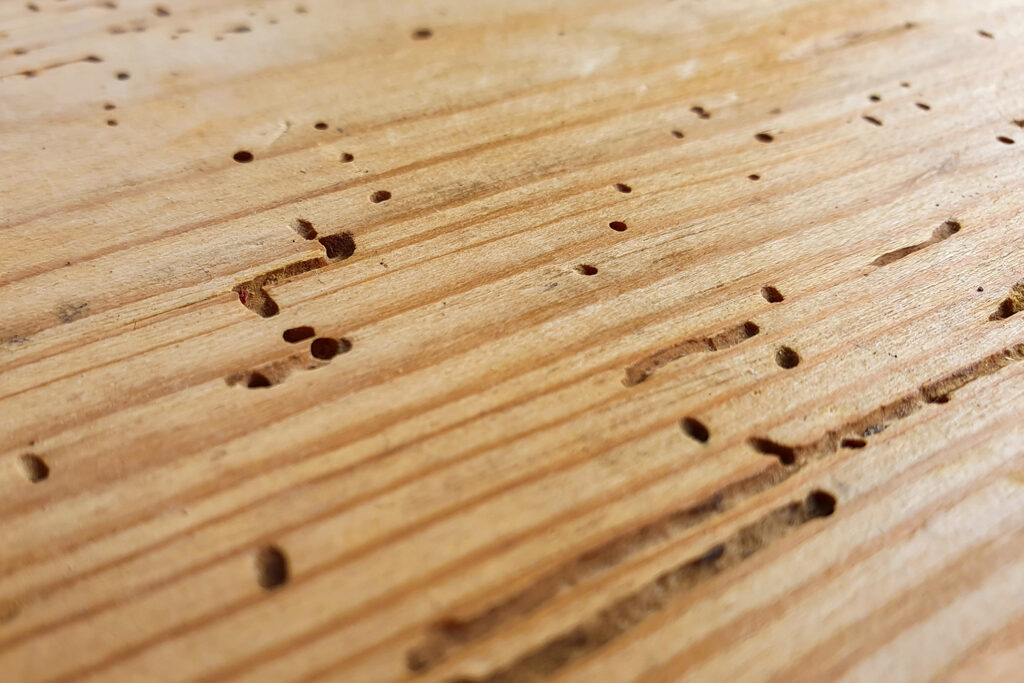
When it comes to understanding the behavioral patterns of common household pests, termites are a prime example. From workers and soldiers to reproductives, each type of termite has its own role in an infestation. To truly understand how to address an infestation, it’s important to have a basic understanding of these behaviors.
The worker termite is responsible for tunneling into wood and other cellulose materials. They feed on these materials, helping to spread the colony’s reach. Soldier termites protect the colony by keeping predators out while also preventing workers from wandering too far away from their home base. Reproductive termites are tasked with mating and laying eggs, ensuring that the colony continues to grow in size and number.
These behavioral patterns demonstrate how quickly a termite infestation can spread without intervention. It’s important for homeowners to be aware of warning signs such as mud tubes around the perimeter of their homes or wings near windowsills that indicate reproductive termites may be present. Regularly inspecting for these signs can help mitigate damage caused by a full-blown infestation.
RODENT BEHAVIOR: IDENTIFYING COMMON SPECIES
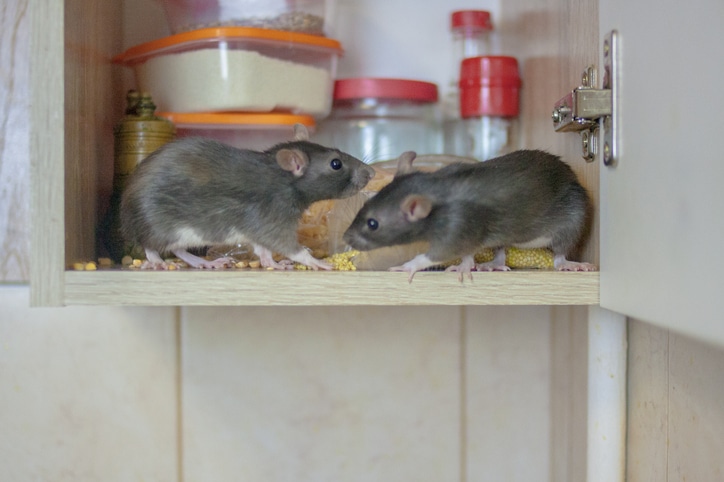
Rodents are common household pests with many species and behaviors. They can cause significant damage to your home, including wiring and insulation, so it’s important to identify the types of rodents and prevent them from entering your home. Let’s explore rodent behavior in more detail.
The most prevalent types of rodents found in homes are mice, rats, squirrels, and chipmunks. Each of these rodents has different behaviors that need to be identified for successful prevention. Mice and rats tend to hide during the day and become active at night; they often enter homes through small holes or cracks in walls or foundations. Squirrels like to nest in attics or other high places within the home; chipmunks prefer dark spaces such as garages or basements to create nests.
Prevention is key when dealing with rodents. Seal any holes or cracks that could be used as an entry point; store food items in airtight containers; clean up debris around the house that could provide shelter for pests; remove bird feeders if possible as they attract small animals such as squirrels; keep your yard clear of overgrown grass or shrubs that could offer shelter for rodents; inspect the exterior of your home regularly for evidence of rodent activity.
TIP: Rodent behavior is unique based on the type–so make sure you identify which type is present before attempting prevention methods! Knowing what kind you’re dealing with will help you formulate a plan of action that targets their specific behaviors.
FLY BEHAVIOR: THE IMPORTANCE OF HYGIENE AND PREVENTION MEASURES
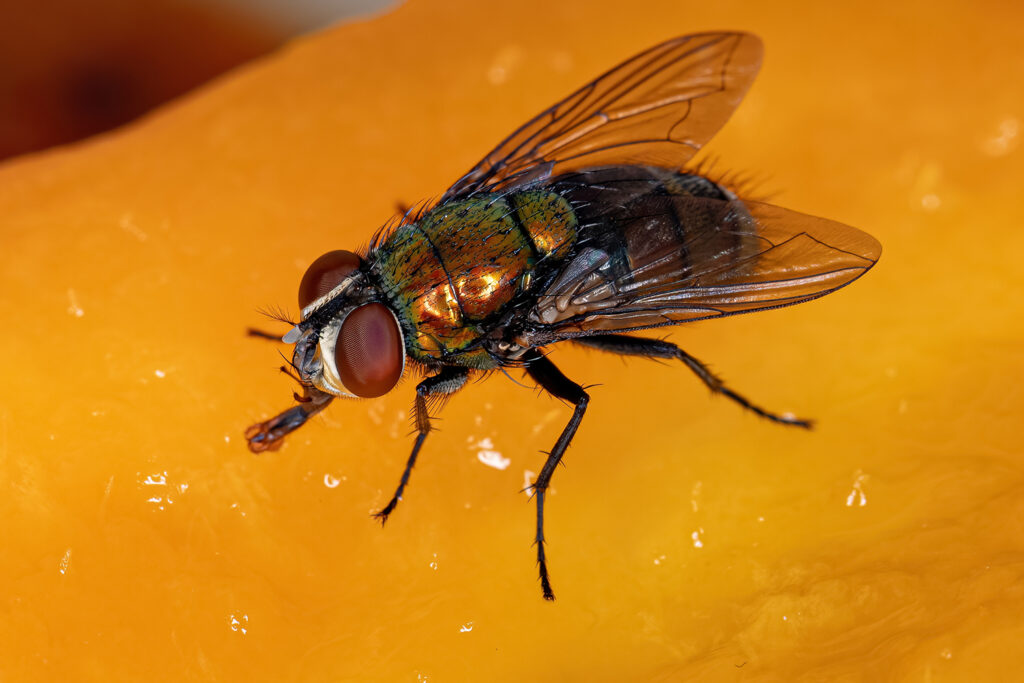
When it comes to common household pests, fly behavior is an important factor to consider. Flies are usually attracted to unhygienic areas, so prevention measures should be taken to ensure that these pests stay away. This can include properly disposing of garbage and keeping food sealed and stored in the refrigerator. Additionally, regular cleaning can help reduce the number of flying insects inside your house.
It’s also important to understand how fly behavior changes between species. Some flies may be more active during the day while others may be most active at night. Knowing which type of fly is present can help you determine when it’s best to take action against them. For example, if you have many flies during the daytime, closing any open doors and windows may reduce their presence.
Hygiene plays an important role in reducing the number of flies inside the home. Make sure that all surfaces are regularly cleaned using a disinfectant, especially ones that come into contact with food or beverages. Pay attention to potential entry points for flies, such as gaps around windows and screens, and seal them up as much as possible. Taking these steps can help keep your home free from annoying pests like flies.
SPIDER BEHAVIOR: IDENTIFYING VENOMOUS AND HARMLESS SPECIES
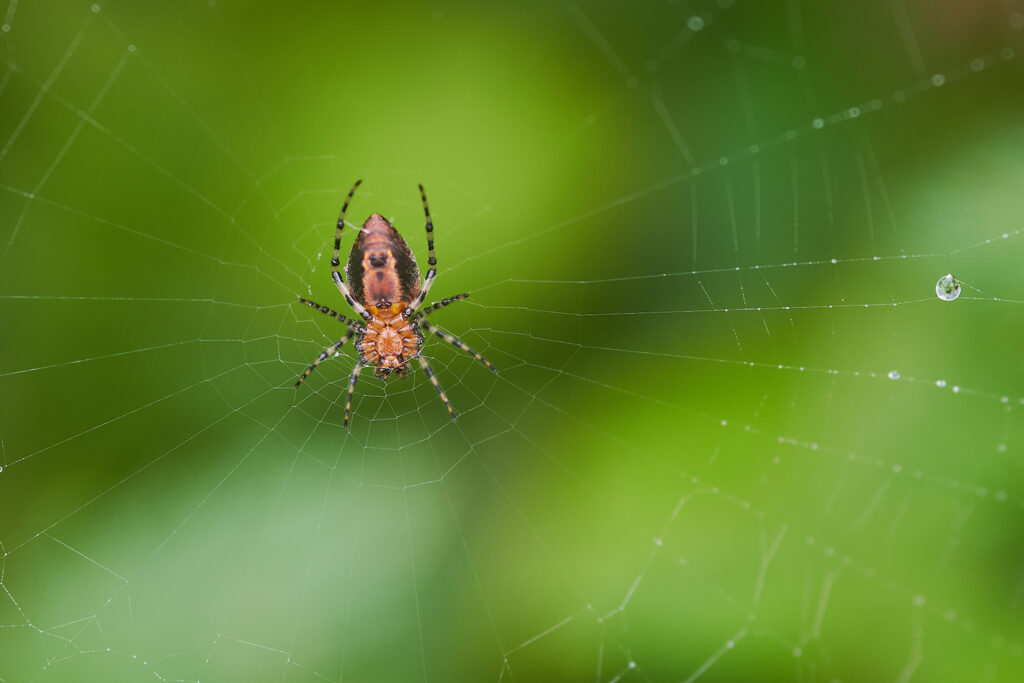
Spiders are a common pest that can be found in most households. They often create fear due to their unique physical characteristics and potential venom, but it’s essential to recognize that not all spiders pose a threat. Understanding spider behavior is key in identifying dangerous species from harmless ones.
To reduce spider activity, it’s important to keep the home clean and sealed from possible entry points of pests. Here are some valuable tips:
- Regularly clean clutter and areas with excess moisture or dampness
- Repair any holes, cracks, or crevices in walls and foundations
- Keep windows and doors closed when possible
- Vacuum regularly to remove spider webs and egg sacs
It’s also important to be able to identify venomous spiders from non-venomous ones if they’re present in your home. Venomous spiders are usually slightly larger and have certain physical features such as fangs, spinnerets, hairy abdomens, etc.. In contrast, non-venomous spiders are usually smaller, with smooth abdomens and fewer legs—but always exercise caution when handling either type of spider! By taking preventive measures and learning how to identify spiders correctly, you can protect your home from unwanted pests and avoid any potential risks.
FREQUENTLY ASKED QUESTIONS
What Is The Most Effective Way To Get Rid Of Pests In The Home?
One of the most effective methods for getting rid of pests in the home is prevention. Taking steps such as keeping food securely stored, sealing off entry points for pests, and regularly cleaning can all help to prevent an infestation. It is also important to identify what type of pest you are dealing with, as different species require different extermination techniques.
For those who already have pests in their home, there are several ways to remove them safely and effectively. Traps, baits, and sprays can be used to target a specific pest or group of pests. These methods may require multiple applications over a period of time in order to achieve the desired results. Additionally, enlisting the help of a professional exterminator may be necessary for particularly severe cases of infestation.
No matter which method of pest removal you choose, it is important to act quickly in order to minimize damage and potential health risks that come along with having unwanted house guests. Regular maintenance and preventive measures will go a long way towards ensuring that your home remains free from pesky intruders.
What Are The Long-Term Impacts Of Having A Pest Infestation?
Having a pest infestation in the home can have long-term impacts, both for people and for the environment. Pests can bring diseases and allergic reactions to inhabitants and may even cause damage to structures. They can also contaminate food products, leading to health issues. Additionally, they can disrupt ecosystems by competing with native species for resources.
These effects can be long-lasting and will require significant effort to mitigate them. To reduce the risk of disease transmission, it is important to practice proper sanitation techniques and dispose of contaminated items immediately. To limit structural damage, preventive steps should be taken, such as sealing cracks or holes in the walls and flooring that could provide access points for pests. In addition, blocking access to food or water that could attract pests is key.
It’s essential to take action quickly when faced with a pest infestation in order to mitigate these long-term impacts. Professional help may be necessary in order to remove pests from your home and prevent future invasions effectively. Taking care of an infestation now will help ensure a healthier living environment for you and your family in the future.
How Can I Tell If I Have A Pest Infestation?
The first sign of a pest infestation is usually the presence of droppings or tracks left behind by the pests. This could be anywhere inside and outside your house– in cupboards, on walls, or even in drawers and closets. Other signs include chewed-up food packaging, damaged furniture, or damage to woodwork or insulation. If the pests have invaded your living space, you may also hear scratching noises in walls or ceilings.
If you suspect that you have a pest problem, it’s important to take action as soon as possible. Not only can pests spread disease and cause property damage, but they can also become more challenging to eradicate over time if the issue isn’t addressed quickly. So if you think there’s something amiss in your home, don’t hesitate to get help from a professional pest control service.
Identifying an infestation early on is key for minimizing any damages caused by unwelcome visitors. Knowing what signs to look out for can help you take action before it’s too late and keep your home safe from pests for good.
Are There Any Natural Alternatives To Traditional Pest Control Methods?
Regarding pest control, some may think the only option is using chemical-based methods. However, there are natural alternatives that can be just as effective. These can range from simple household remedies to more complex strategies like exclusion and habitat modification. Let’s take a look at how these natural pest control methods work.
Exclusion is a preventative measure where physical barriers are used to keep pests out of the home. This could include things like window and door screens or weather stripping around exterior doors. Habitat modification focuses on reducing attractive elements that attract pests in the first place, such as food sources, water access points, or conducive nesting sites. Natural repellents like herbs and essential oils can also be used to deter pests from entering your home.
There are many ways to combat common household pests without resorting to traditional chemical-based approaches. Exclusion, habitat modification, and natural repellents all offer viable solutions for keeping unwanted critters out of your home while minimizing negative environmental impacts. Ultimately, choosing the right method will depend on your specific situation and needs – but natural alternatives should definitely be considered when exploring pest control options.
Ready to dive deeper into Natural Alternatives of Pest Control? Read our article here!”
CONCLUSION
In summary, to keep pests out of your home, it is important to understand the behavioral patterns of common household pests. By identifying the signs of an infestation and taking preventative measures such as sealing cracks, using natural alternatives, and hiring a pest control professional if necessary, you can protect your home from unwanted pests. Although it may be difficult to completely eliminate pests from your home, understanding their habits and taking the appropriate steps can help you manage the situation and reduce the long-term impacts associated with having a pest infestation. With the right knowledge and tools, you can keep your family and home safe from unwanted pests.

